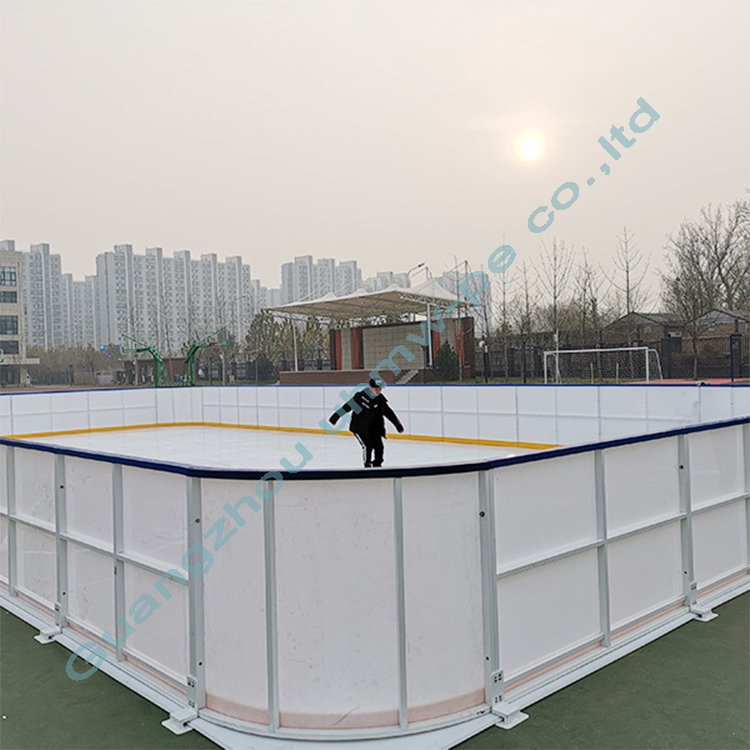As the demand for accessible, low-maintenance recreational facilities grows, synthetic ice rinks are revolutionizing the ice skating industry. Unlike traditional ice skating rinks, which rely on refrigeration and constant maintenance, artificial ice rinks utilize advanced polymer materials to replicate the glide of real ice—without the need for freezing temperatures.
Synthetic skating surfaces made from HDPE or UHMWPE are a durable and environmentally friendly alternative. These surfaces withstand heavy foot traffic, resist UV degradation, and require minimal upkeep—no water or energy-intensive cooling systems. This makes them ideal for both indoor and outdoor installations, from shopping centers to private residences.

A key advantage of ice rink synthetic technology is its versatility. Whether used for hockey training, figure skating, or casual recreation, synthetic ice rinks deliver consistent performance. Modern designs even incorporate textured finishes to mimic the feel of natural ice, enhancing the user experience.

Businesses and communities benefit from the cost-efficiency of artificial ice rinks. With no electricity or water consumption, operational expenses plummet, while the rink remains usable year-round. Additionally, synthetic ice’s lightweight panels allow for easy installation and reconfiguration.
For organizations seeking sustainable, user-friendly solutions, investing in a synthetic ice skating facility is a forward-thinking choice. Combining innovation with practicality, synthetic ice ensures that the joy of skating is never limited by season or location.


